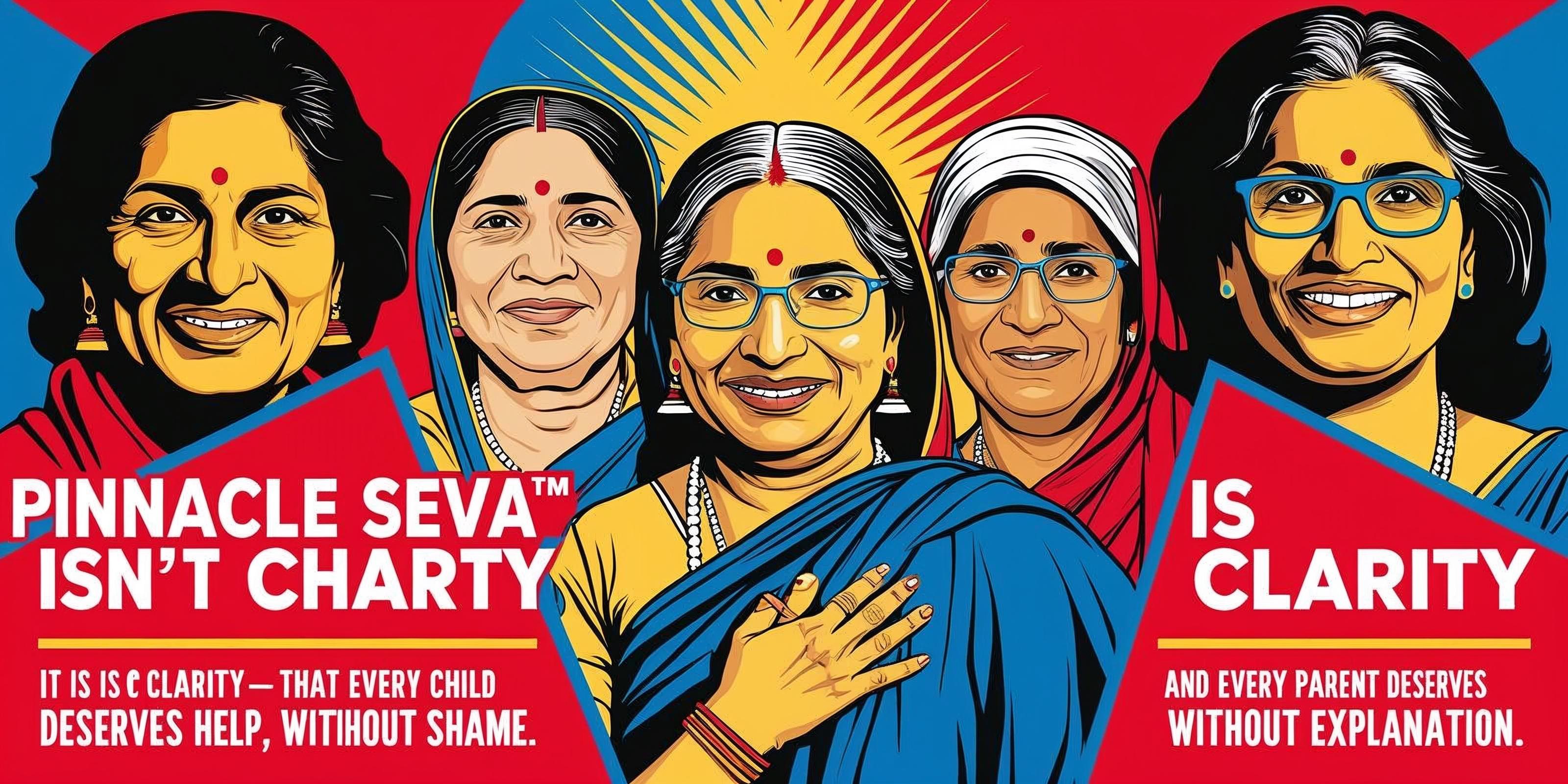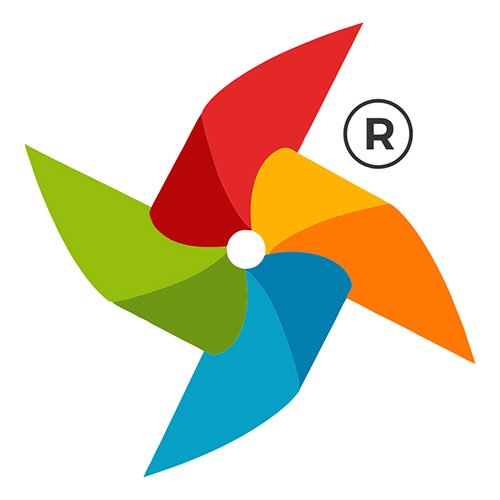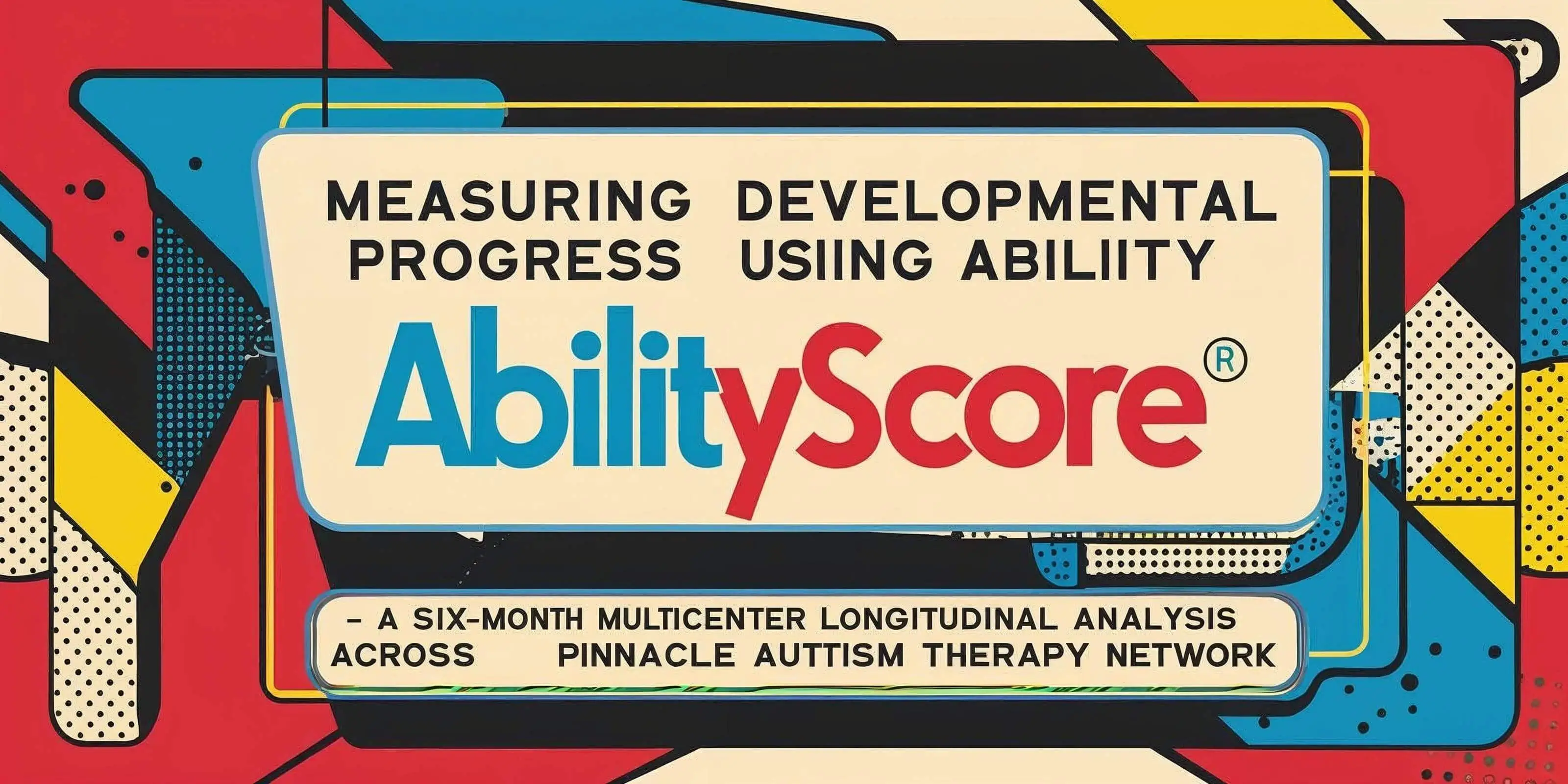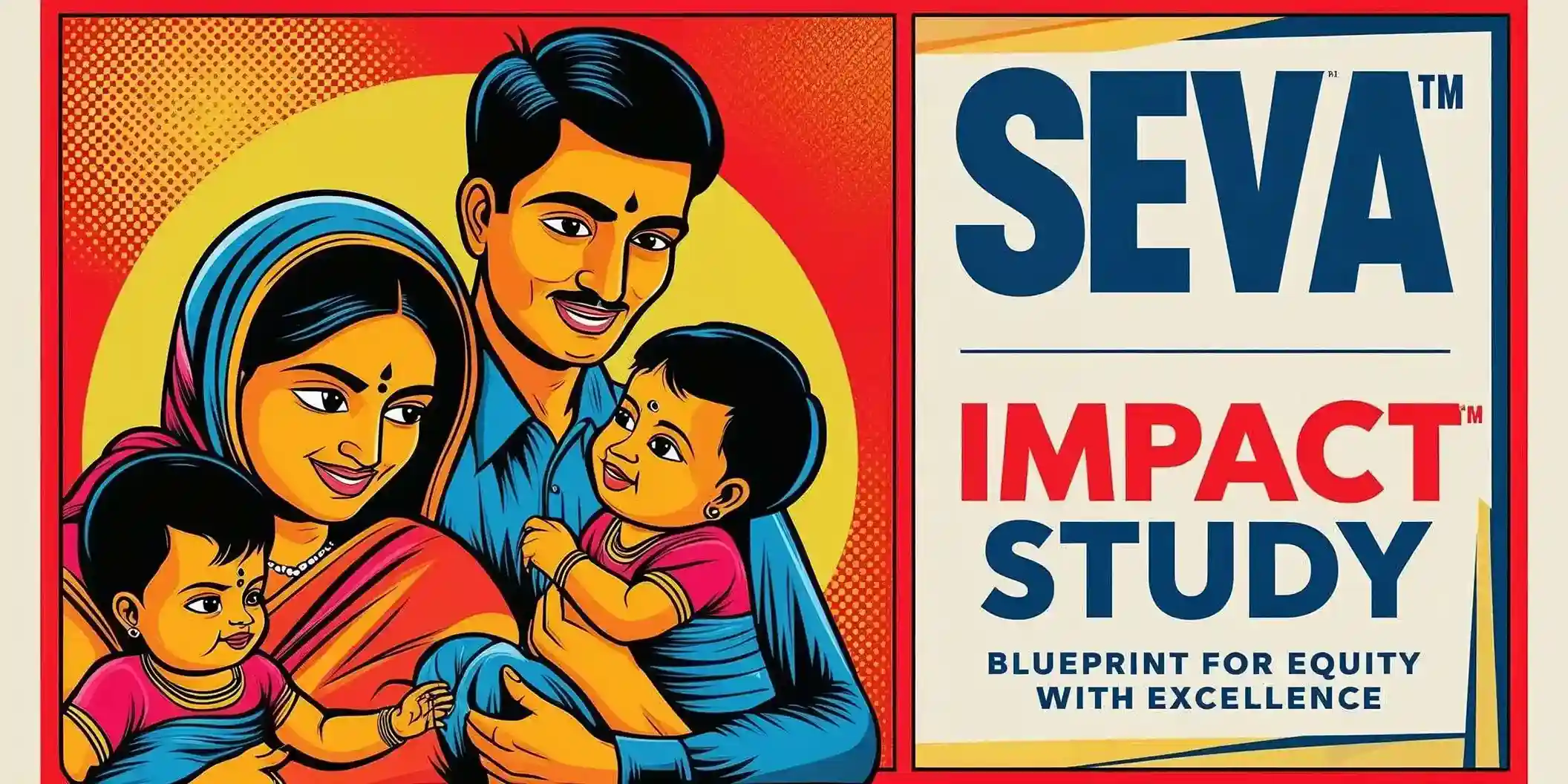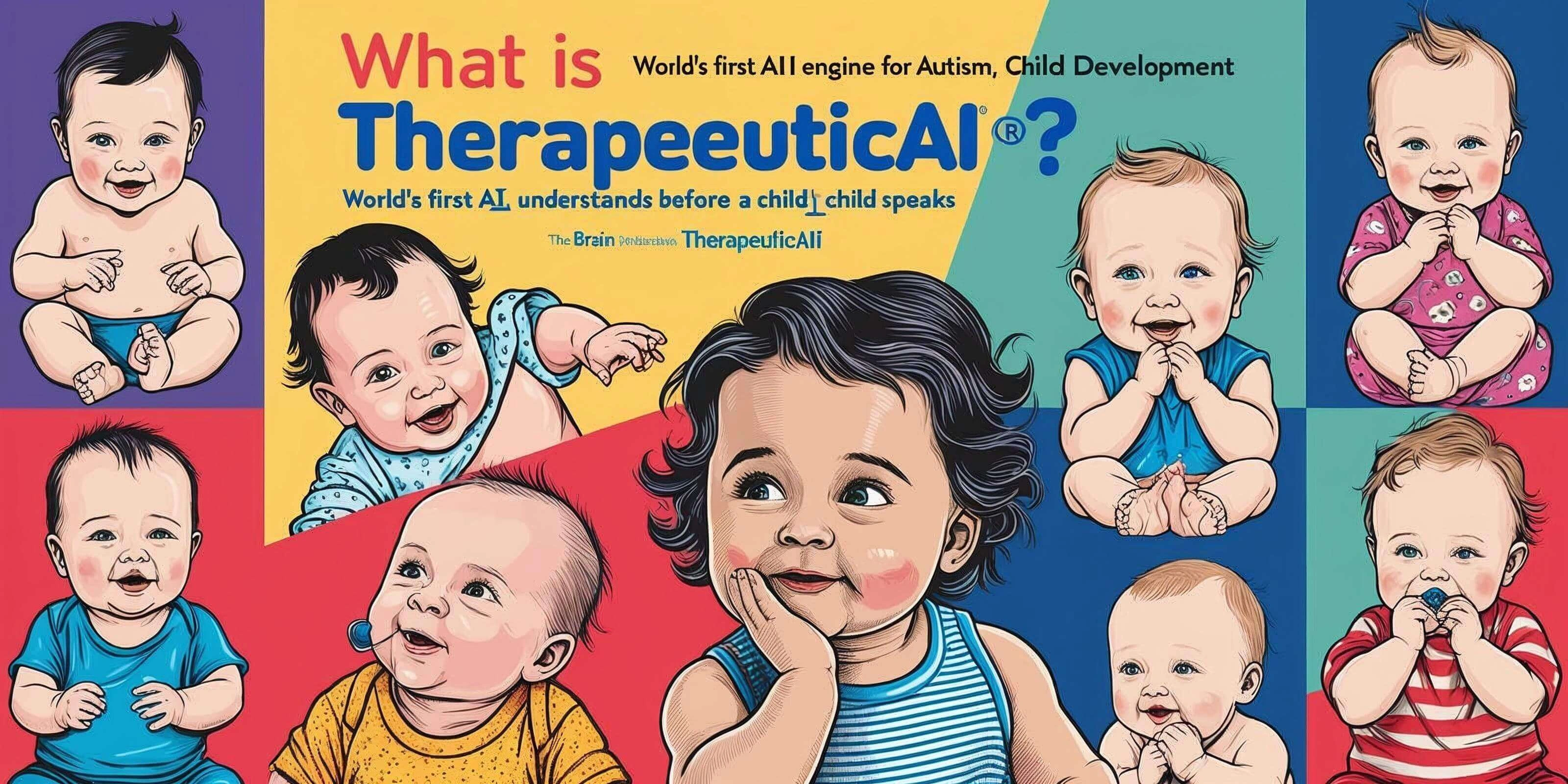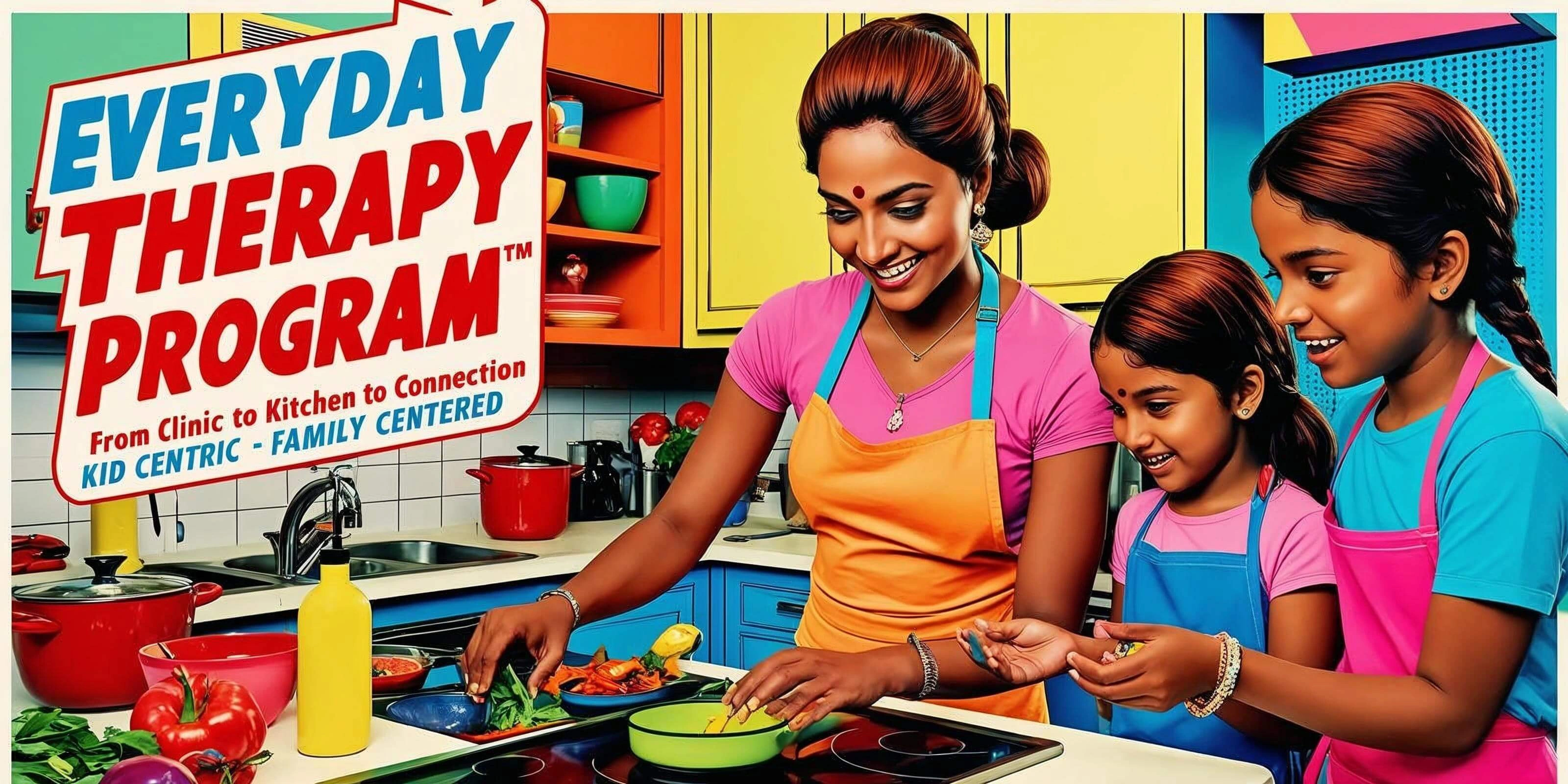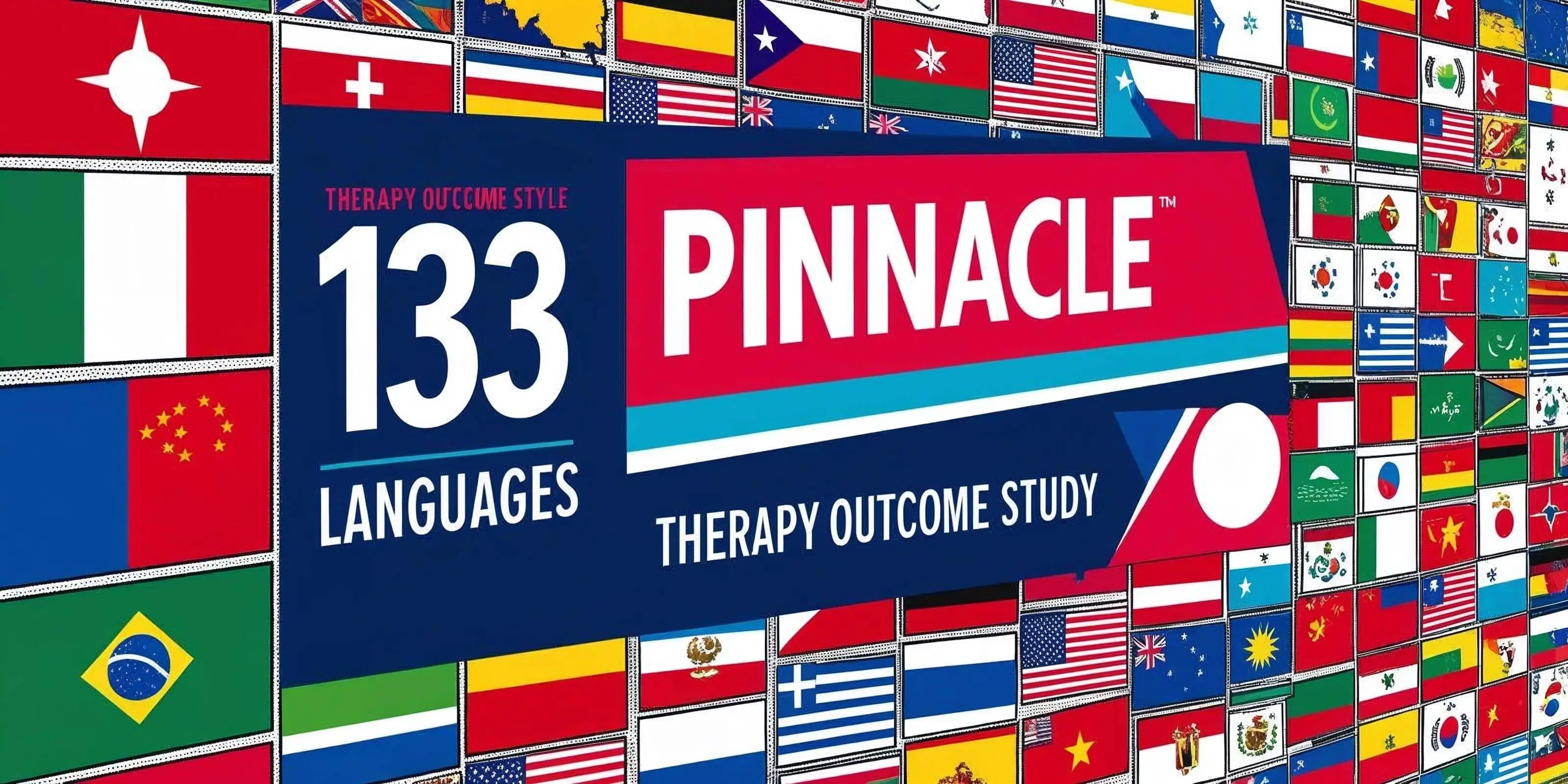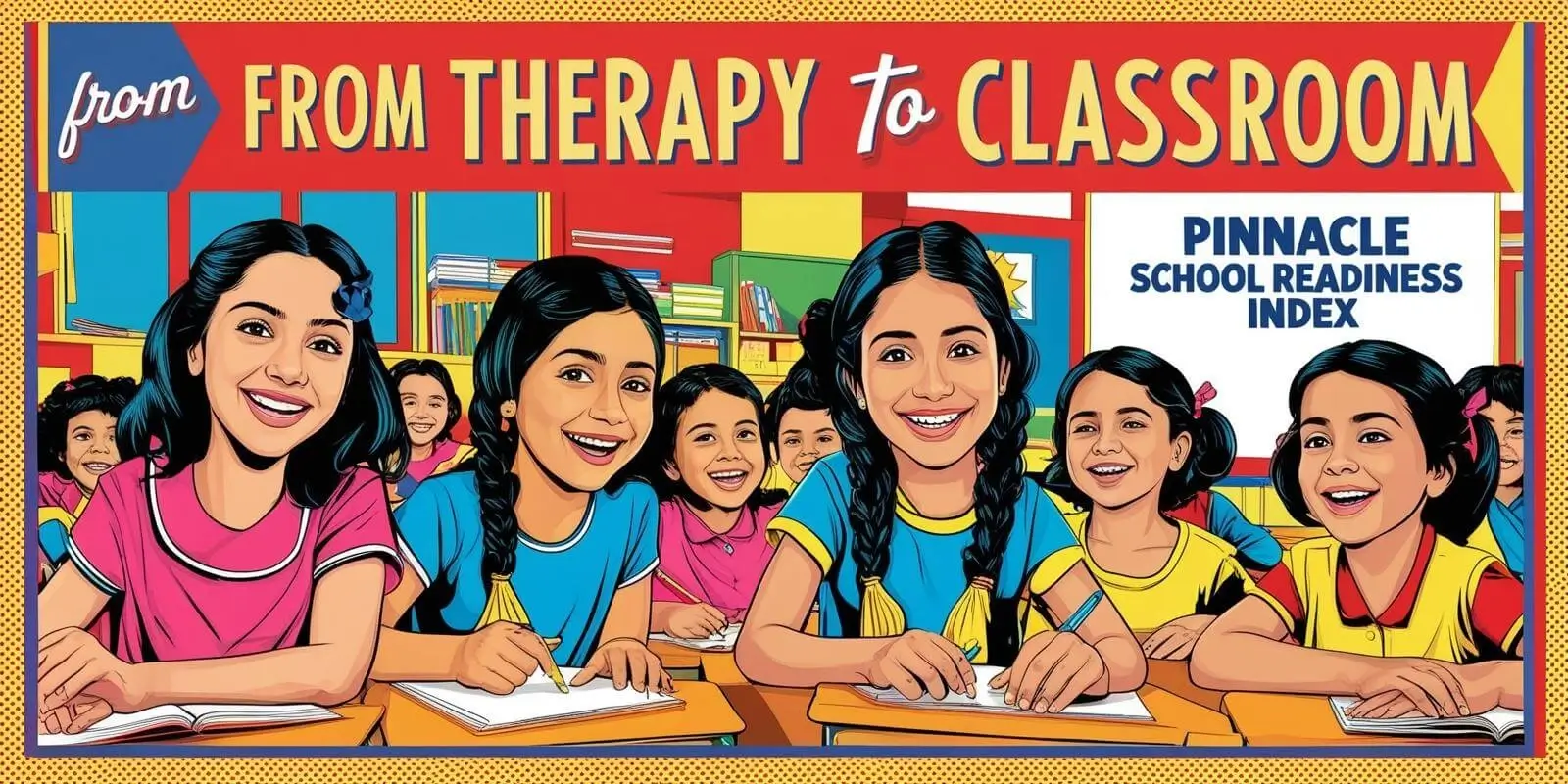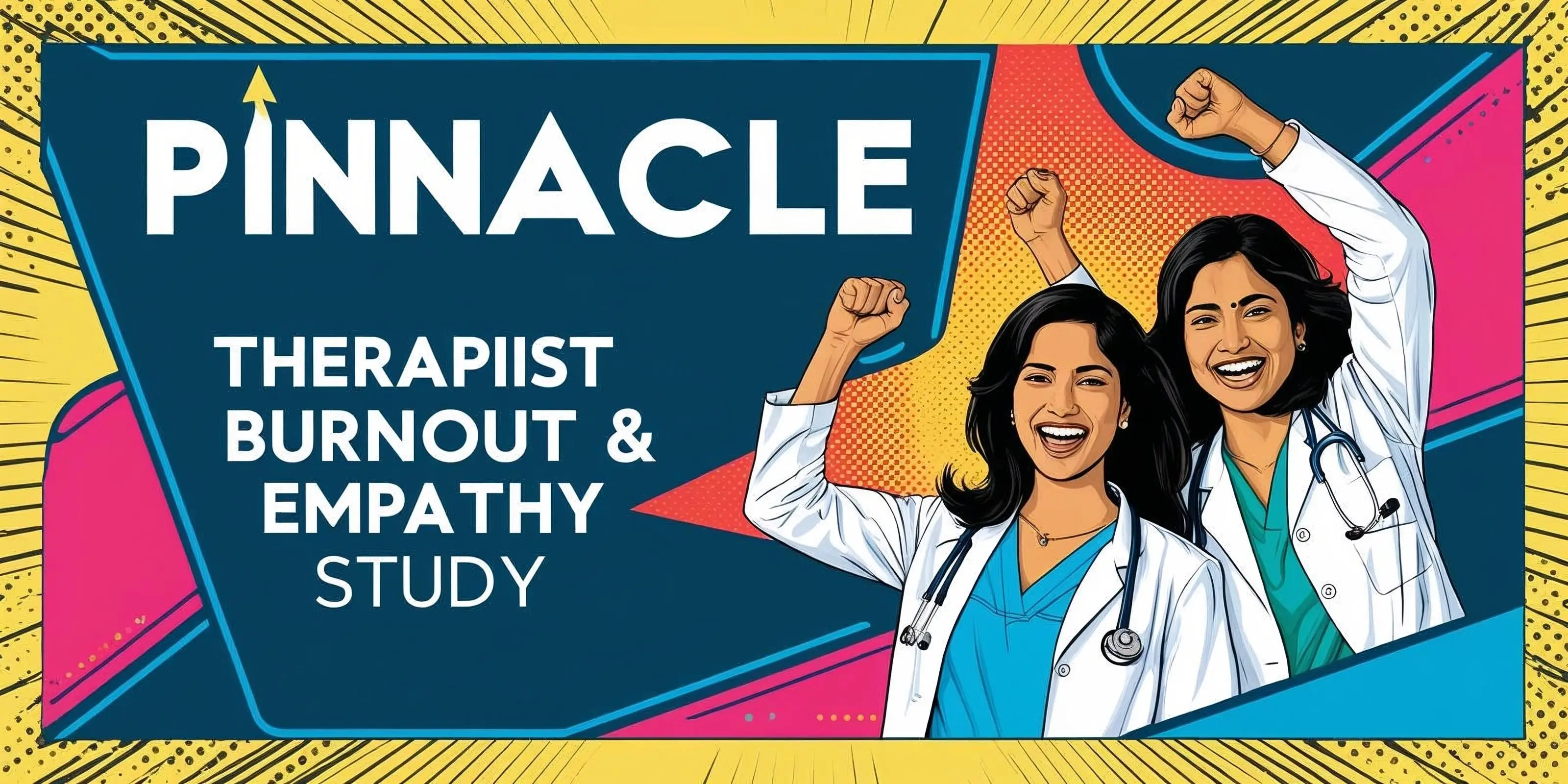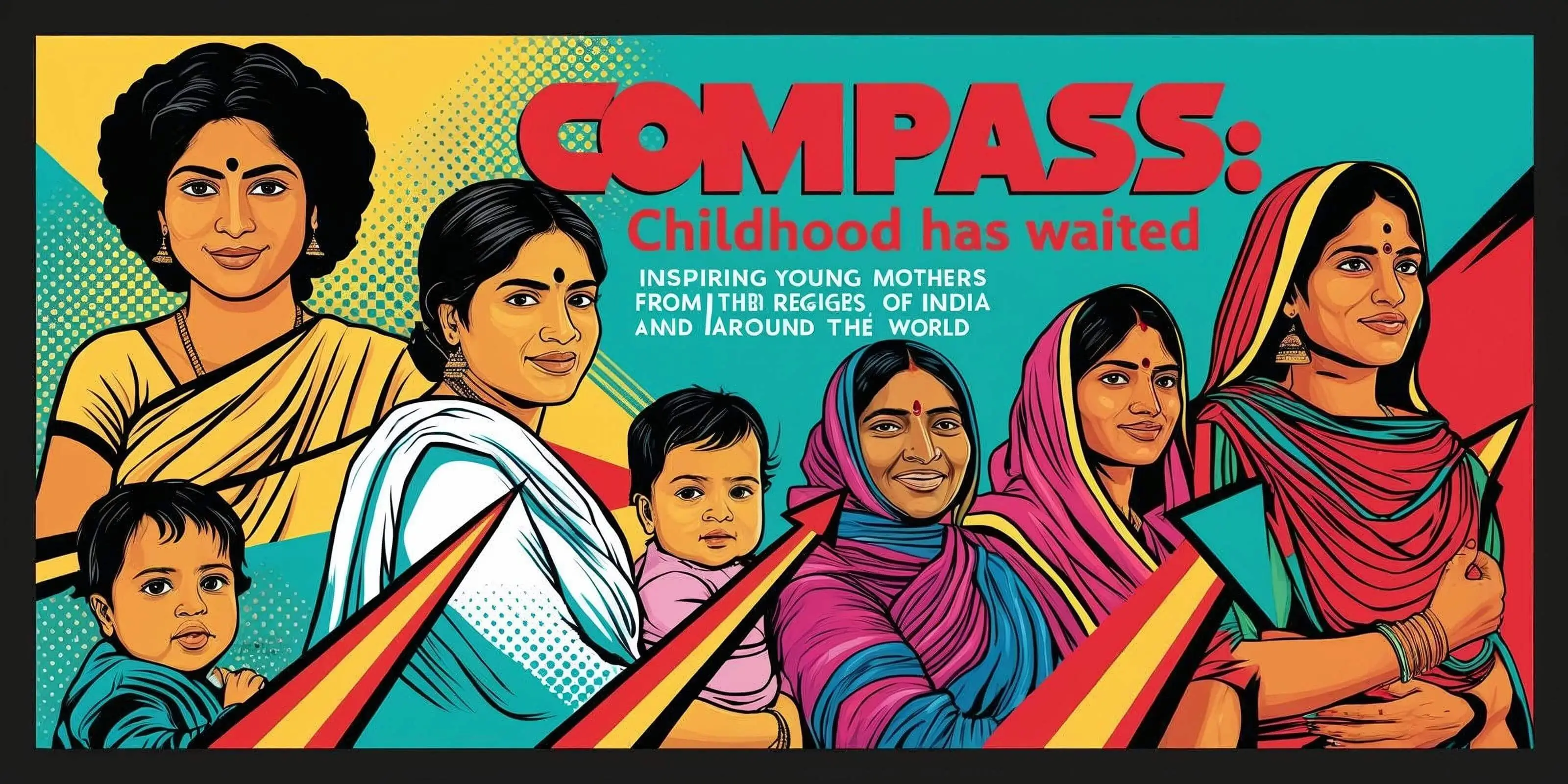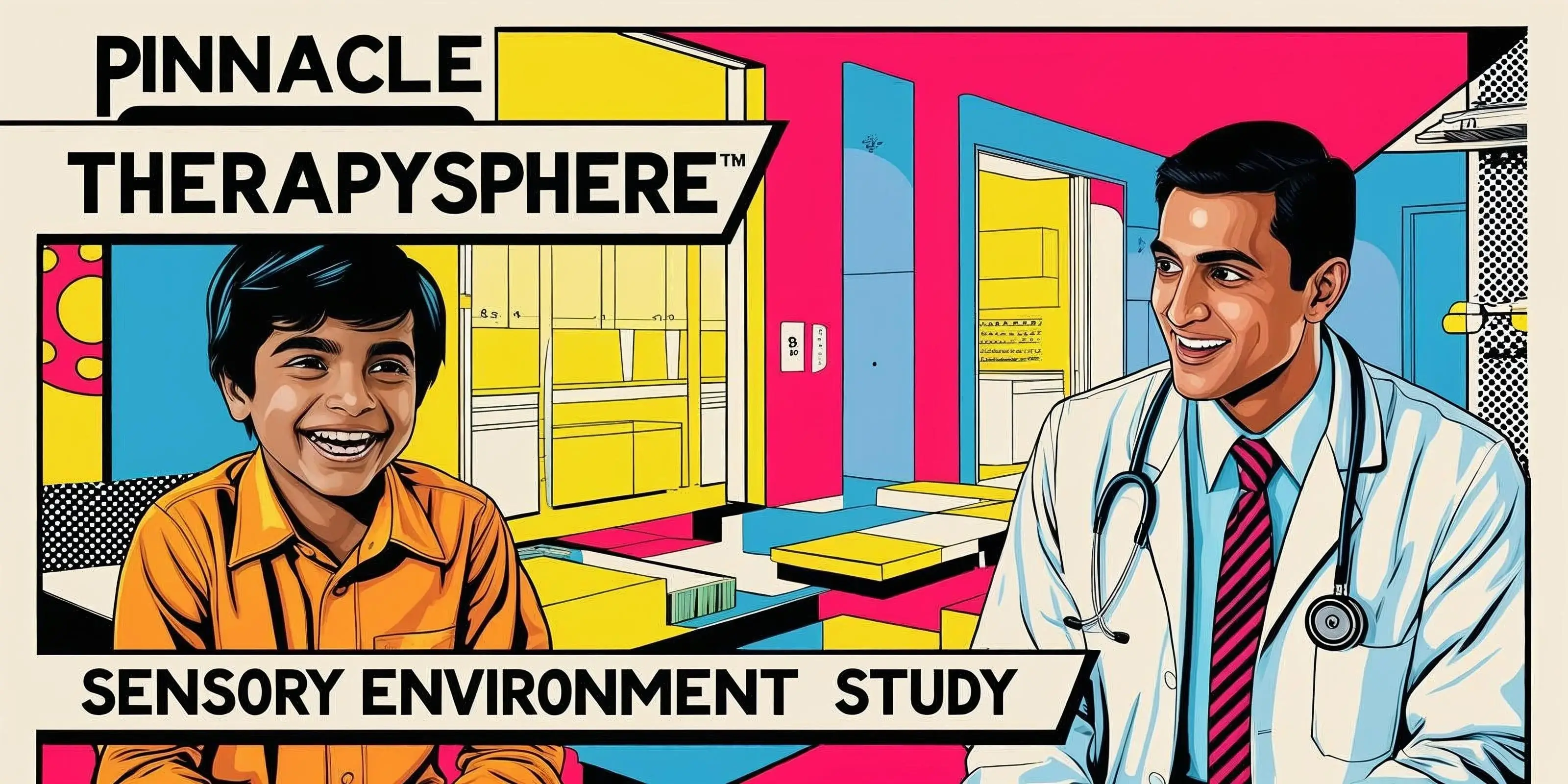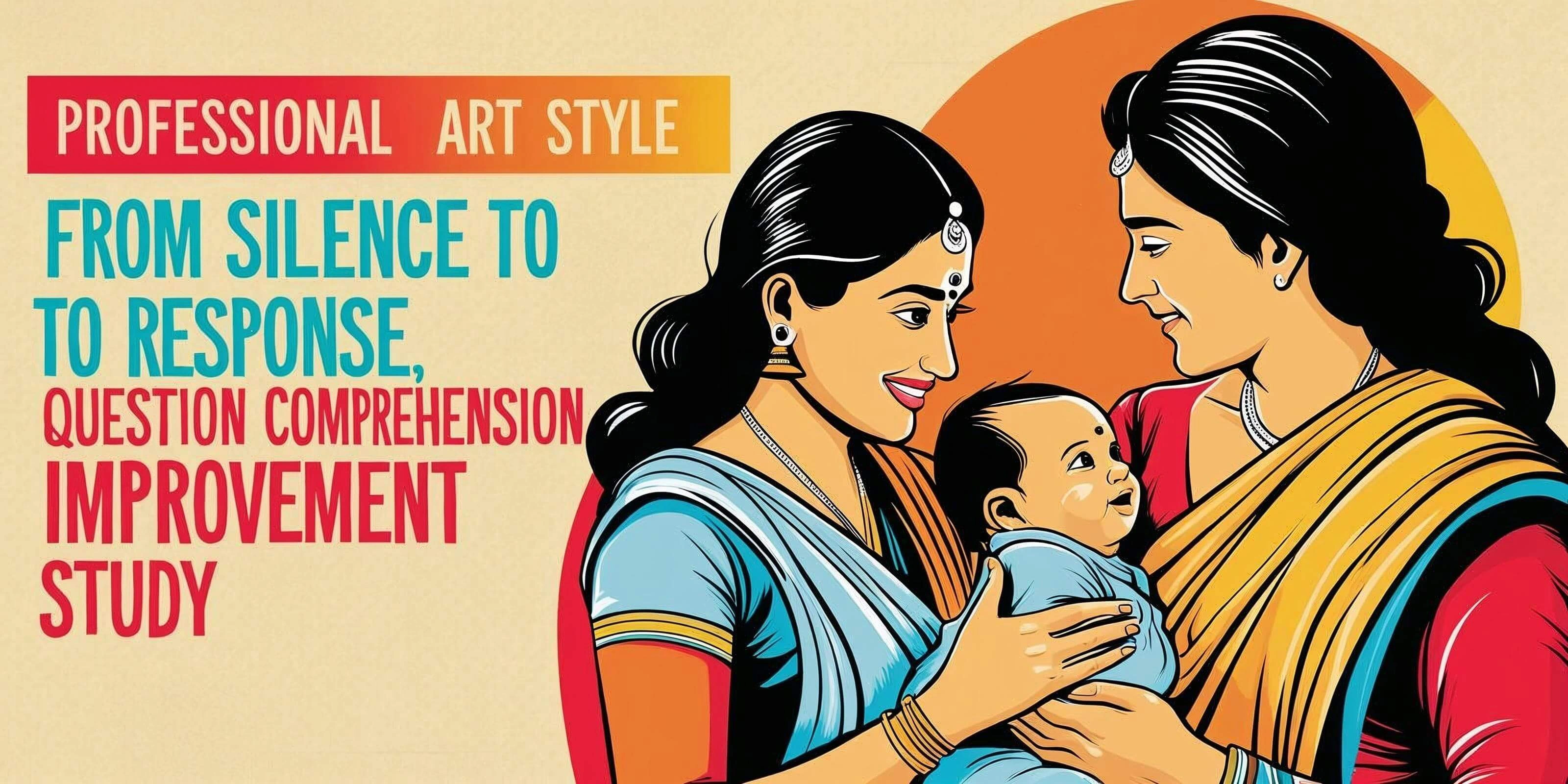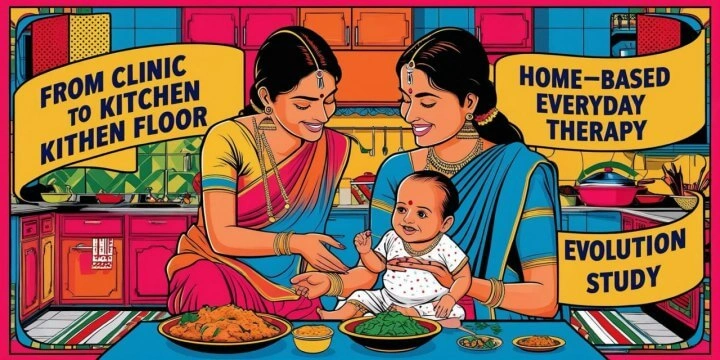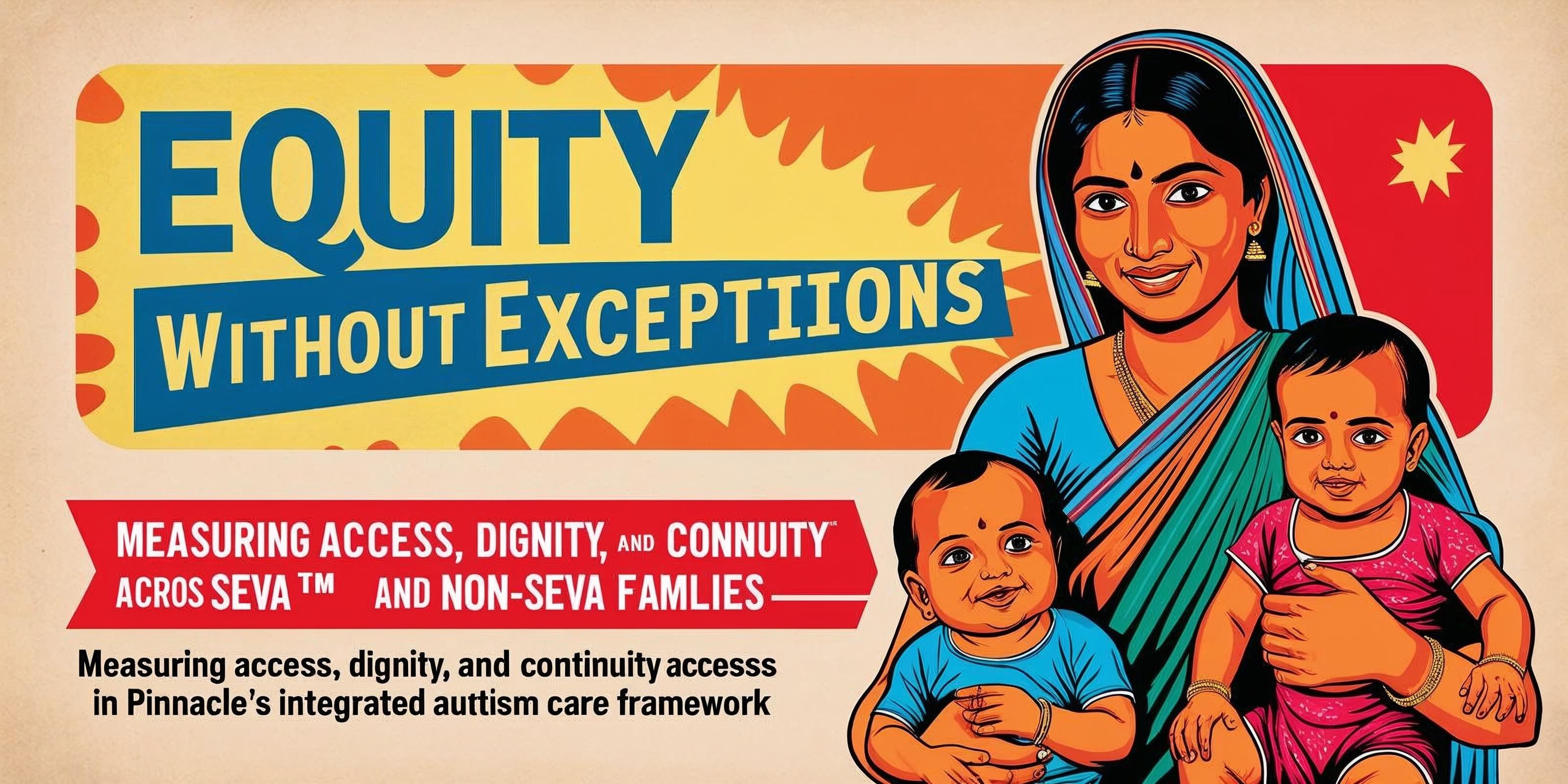
SEVA™ Social Equity Index Study
Equity Without Exceptions
Measuring Access, Dignity, and Continuity across SEVA™ and Non-SEVA families within Pinnacle’s Integrated Autism Care Framework
1. Executive Summary
This study evaluates whether the SEVA™ model, which provides free or subsidized therapy to low-income families, delivers care that is perceived as equally accessible, dignified, and consistent compared to standard paid services.
Using a 3-dimensional Social Equity Index — Access Rating, Dignity Score, and Dropout Rate — the study compares SEVA™ and Non-SEVA families to validate Pinnacle’s commitment to true inclusion, not just subsidy.
Key Findings:
- SEVA™ clients rated their access and dignity higher than paying clients.
- Access Rating (out of 5): SEVA™ 4.58 vs. Non-SEVA 4.31
- Dignity Score (out of 5): SEVA™ 4.68 vs. Non-SEVA 4.62
- Dropout Rate: 12.5% (SEVA™) vs. 2.5% (Non-SEVA)
The SEVA™ model confirms that it is possible to deliver subsidized therapy without compromising respect, quality, or experience.
2. Study Objective
This study set out to evaluate and compare:
- Perceived ease of access to therapy
- Perceived dignity and equality of treatment
- Dropout rates as a proxy for continuity of care
Together, these three dimensions form the Pinnacle SEVA™ Equity Index (PSEI) — a first-of-its-kind national framework to measure inclusion beyond income, incorporating access and dignity as co-equal outcomes alongside service continuity.
3. Study Design & Methodology
Design:
A comparative perception and participation audit was conducted across two matched groups — SEVA™ families and Non-SEVA (paying) families — to assess real-world service equity.
Sample:
- 40 SEVA™ families (free/subsidized therapy)
- 40 Non-SEVA families (standard paying clients)
Instruments:
- Access Rating (1–5): Ease of booking, support responsiveness, follow-up quality
- Dignity Score (1–5): Therapist behavior, respectful language, non-discrimination
- Dropout Rate (%): Percentage of families discontinuing therapy within 6 months
All data was anonymized and collected through mobile feedback forms and center participation logs to ensure ethical integrity and privacy.
4. Results Summary
| Metric | SEVA™ Group | Non-SEVA Group |
|---|---|---|
| Sample Size | 40 | 40 |
| Avg. Access Rating (5) | 4.58 | 4.31 |
| Avg. Dignity Score (5) | 4.68 | 4.62 |
| Dropout Rate (%) | 12.5% | 2.5% |
Preliminary disaggregation by geography suggests consistent SEVA™ performance across urban and semi-urban centers. Access and dignity ratings remained above 4.5 even in Tier-3 towns, indicating model robustness irrespective of infrastructure variability.
5. Interpretation
SEVA™ families feel welcomed and empowered.
Despite receiving free or subsidized care, they reported greater satisfaction with access and respect. This suggests that Pinnacle’s “no hierarchy in therapy” approach is working.
Dropouts were slightly higher in SEVA™ (12.5%).
This was not due to dissatisfaction — but rather external challenges like financial instability, transport limitations, or inconsistent work schedules.
Real-life examples:
• One caregiver had to return to her native village during the harvest season.
• Another had irregular factory shifts that clashed with therapy hours.
These situational disruptions — not systemic issues — explain most discontinuities.
No perception of tiered services.
Qualitative feedback revealed zero instances of SEVA™ clients feeling like “second-class” recipients. No separate queues. No visible subsidy. No reduced attention. This validates the core principle of non-stratified care delivery.
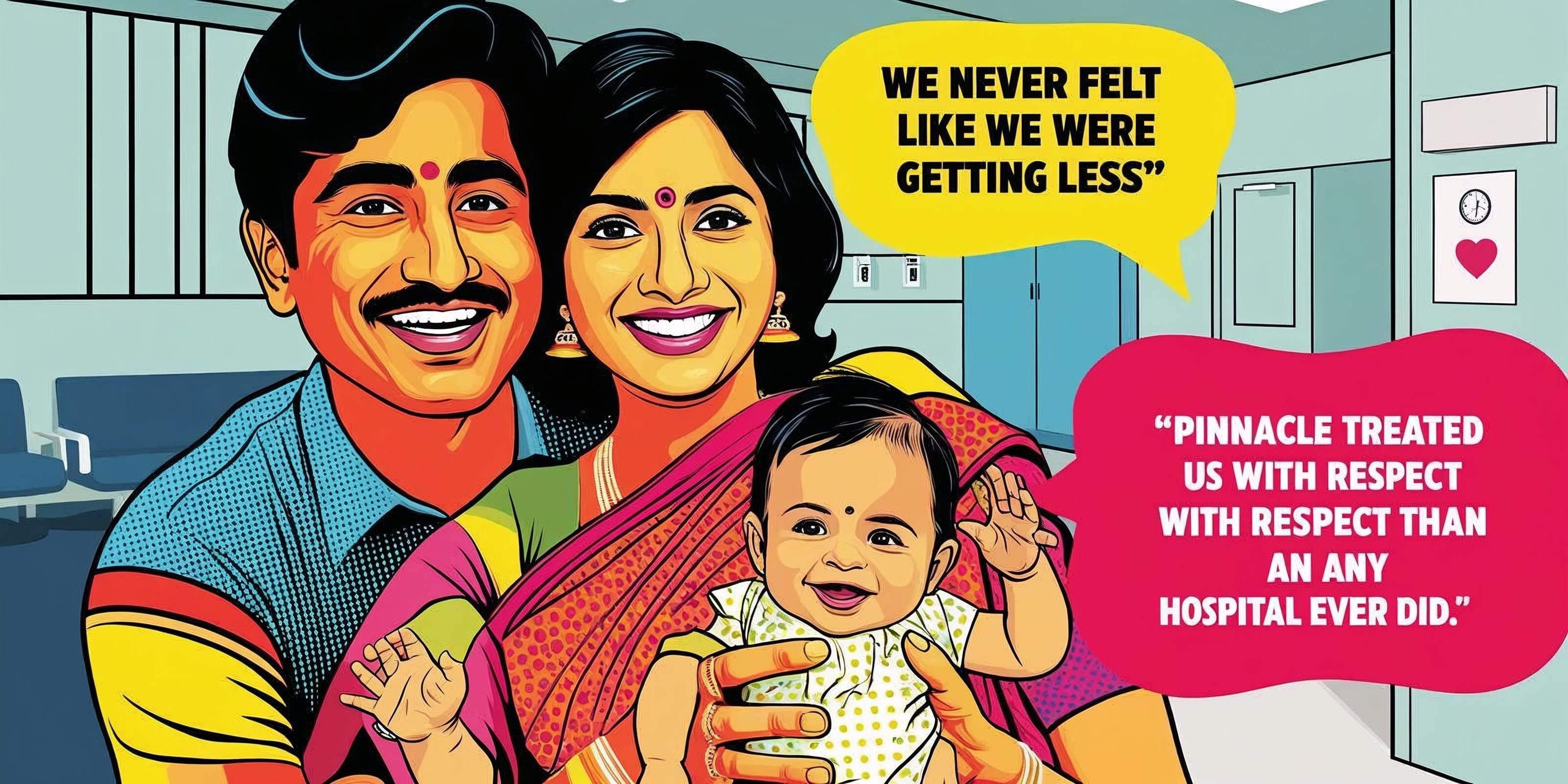
6. Parent Quotes
“We never felt like we were getting less. The therapist treated us with more respect than any hospital ever did.”
— Farida, SEVA™ parent, Hyderabad
“They didn’t ask about money during therapy. Only about my child. That was new for us.”
— Venkatesh, SEVA™ father, Warangal
“We missed two sessions because I had extra duty. They didn’t scold me. They helped me find evening slots.”
— Rekha, SEVA™ caregiver, Eluru
7. Global Context: Why SEVA™ is Revolutionary
In most public health systems, free services often mean compromise:
- Longer waitlists
- Low-quality or overburdened staff
- Outdated infrastructure and tools
- Visible subsidy tags that erode dignity (e.g., separate queues or sessions)
SEVA™ breaks this pattern by design. At Pinnacle:
- No SEVA™ badge. All children are treated equally, sit together, and follow the same schedule.
- Same therapists, same tools, same centers for both SEVA™ and Non-SEVA children.
- No financial conversations happen during therapy. Only developmental goals are discussed.
This approach creates a globally unique model of subsidized therapy without social stratification. It preserves dignity without dilution — and makes equity not just affordable, but beautiful.
8. Limitations & Future Plans
Current Limitations:
- Income verification is self-declared — future audits may incorporate ration card or bank validation.
- Interpretation of “dignity” may vary based on cultural or linguistic context.
- Dropout causality was recorded narratively, but deeper qualitative study is still pending.
Future Enhancements:
-
AI-powered SEVA™ engagement engine
- Dropout prediction using attendance + socio-economic signals
- Emotional tone detection in caregiver voice calls (fatigue, stress detection)
- Custom auto-reminders (e.g., “We’re here for you, Rekha”) based on emotional patterns
- “Mobile Therapy Weeks” — Rotational camps for remote families facing transport/access barriers.
- SEVA™+ — Home-visit therapy for tribal families, elderly caregivers, or single parents in inaccessible zones.
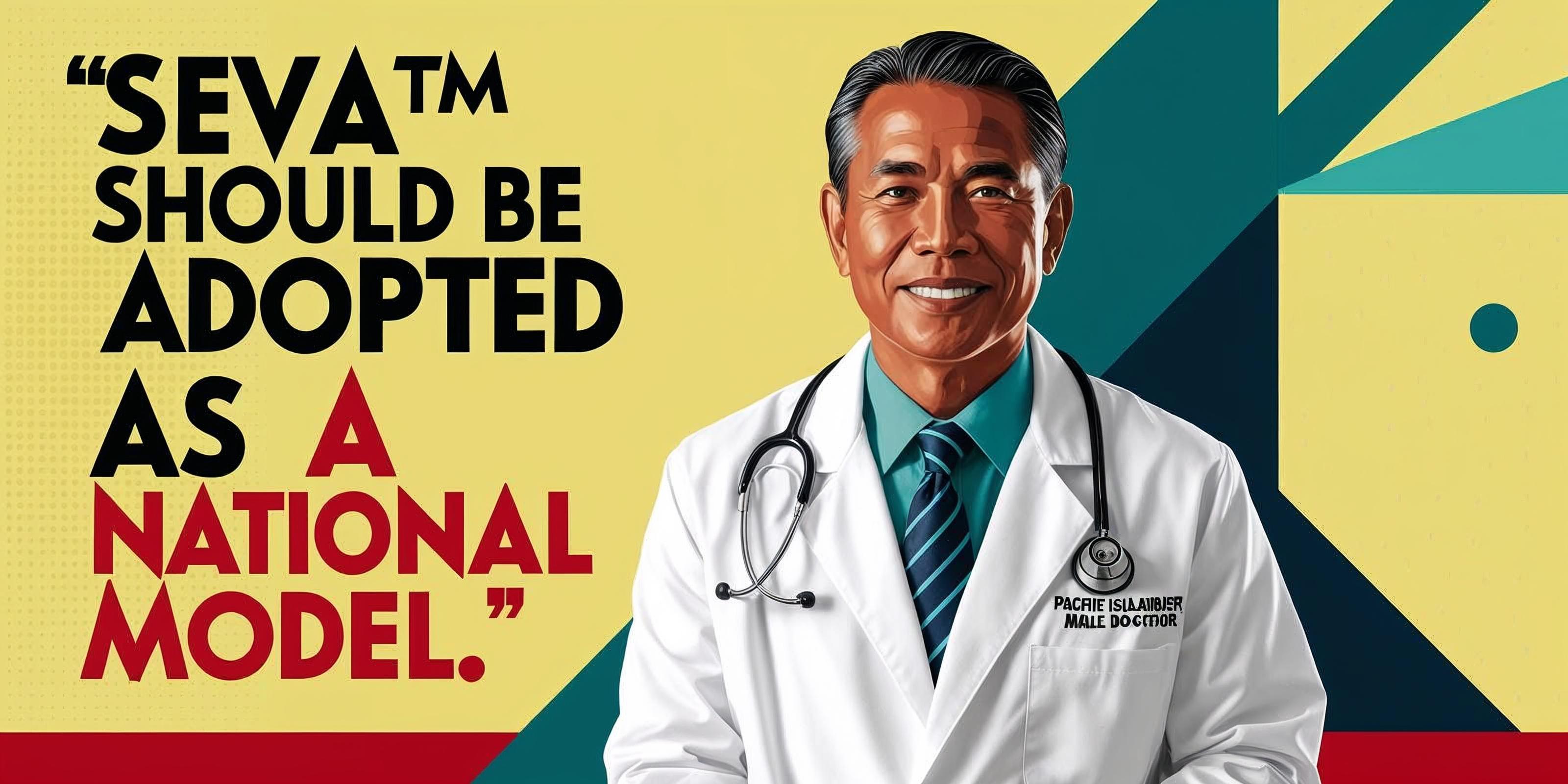
9. Policy Recommendations
Based on the success of SEVA™, the following recommendations are made for government bodies, public health programs, CSR initiatives, and child development policy think tanks:
- SEVA™ should be adopted as a national model for equitable pediatric therapy access.
- All therapy providers receiving government or CSR funding must implement SEVA™-like integrated, stigma-free access frameworks.
- A national SEVA™ Index should be tracked across districts — measuring not only outcomes but also access, dignity, and dropout rates.
- Transport and nutritional support should be provided to SEVA™ families to reduce unintentional dropouts.
-
Launch state-level SEVA™ dashboards showing:
- Enrollment statistics
- Therapy attendance trends
- Progress and continuity indicators
10. Conclusion
Therapy is not truly inclusive until the poorest child is treated with the same hope, the same tools, and the same dignity as the richest.
SEVA™ isn’t charity.
It is clarity — that every child deserves help, without shame.
And every parent deserves to feel equal, without explanation.
11. Learn More & Refer SEVA™ Families
Join our mission to make therapy truly universal — where dignity isn’t determined by income, and every child gets the help they need, without hesitation.
Join our movement to make therapy truly universal. No lines. No labels. No limitations.
